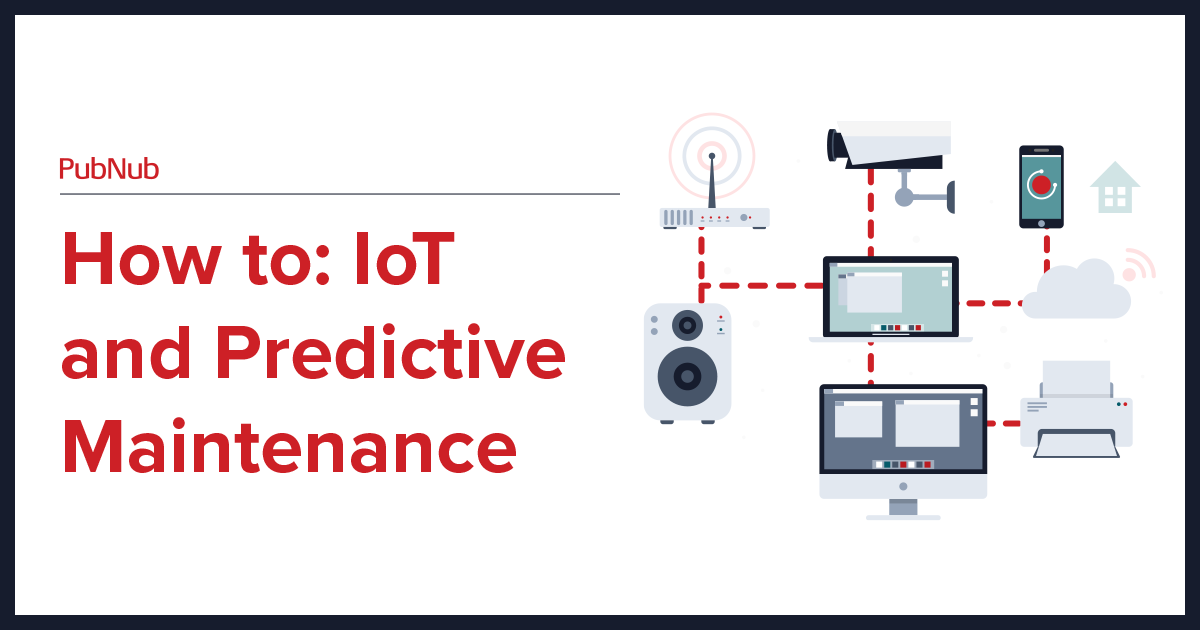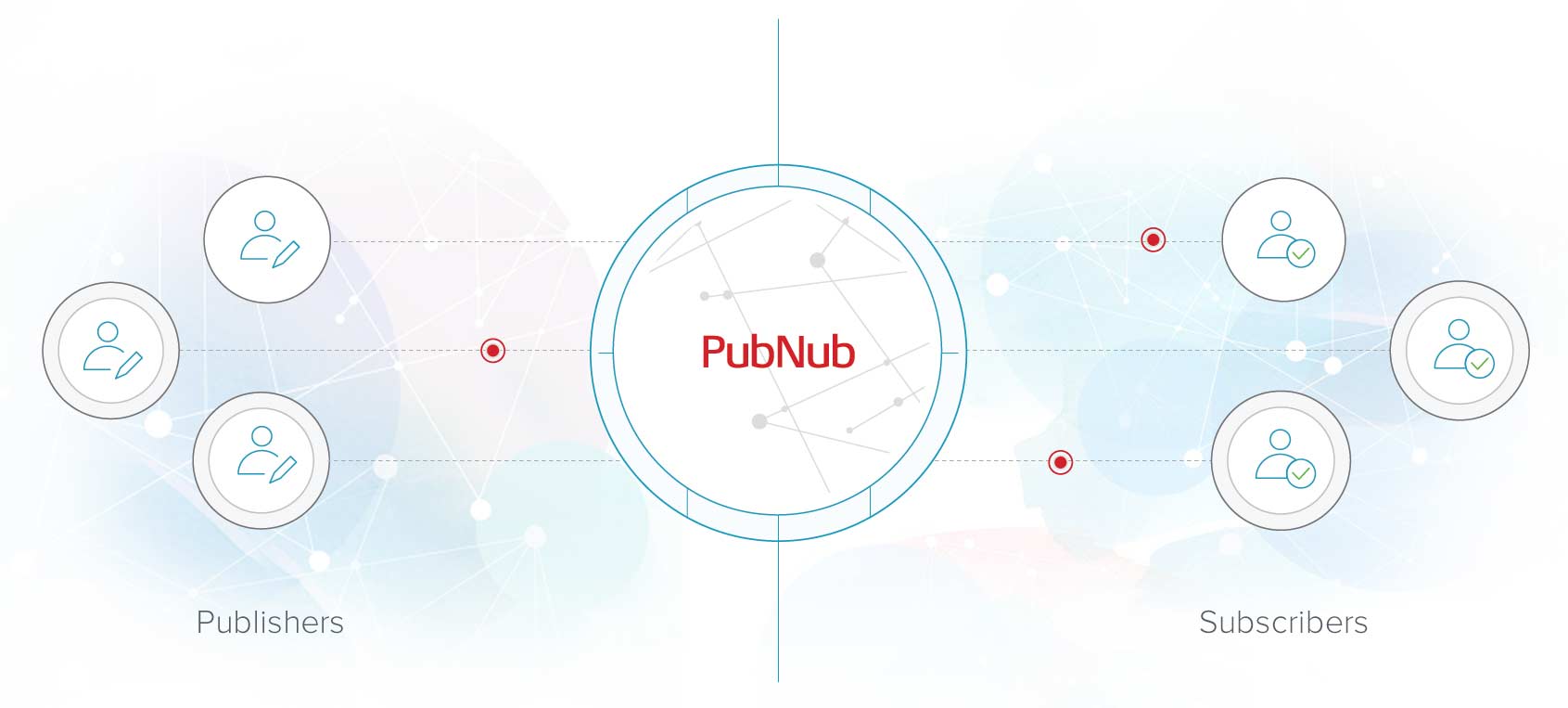What is industrial automation?
Industrial automation is the application of control systems and technologies to automate processes in industries, enhancing efficiency and productivity while reducing human intervention.
How industrial automation work?
Industrial automation uses various control systems to operate and manage industrial processes without human intervention. It involves using IoT devices, programmable automation, industrial robots, programmable logic controllers (PLC), and other equipment to improve the efficiency and productivity of the industrial process.
In a production line, industrial automation can help to reduce the cycle time, improve quality control, and lower the cost of production. It allows for real-time monitoring of the production process, data collection, and decision-making based on the collected data. Industrial automation systems can be integrated with other control systems, such as distributed control systems (DCS), supervisory control and data acquisition (SCADA), and field-level control systems, to achieve a high level of automation.
Industrial automation types
There are two main industrial automation technology types: fixed and flexible.
Fixed automation involves using mechanization and hard-coded automation to perform a specific task repeatedly without any modification.
Flexible automation uses soft automation and computer systems to enable customization and adaptability to changes in the production process.
What is Human-Machine Interface (HMI)
The human-machine interface (HMI) is a related component of industrial automation, allowing operators to interact with the system.
Human-Machine Interface (HMI) systems allow operators and engineers to interact with and control industrial automation infrastructure. These interfaces come in various forms, including graphical user interfaces (GUIs), touchscreens, control panels, and software applications. Here's how HMIs work in industrial automation:
Visualization: HMIs display real-time data from sensors, equipment, and processes in a visual format, often using graphs, charts, diagrams, and animations. This allows operators to easily monitor the status and performance of the system at a glance.
Control: Operators can use HMIs to input commands, adjust parameters, and control equipment and processes remotely. This may include starting/stopping machinery, changing setpoints, or activating specific functions.
Alarms and Notifications: HMIs provide alerts, alarms, and notifications to operators in case of abnormal conditions, malfunctions, or safety hazards. Operators can acknowledge alarms and take appropriate actions and procedures to address issues promptly.
Data Logging and Analysis: HMIs often include data logging and analysis capabilities, allowing operators to record historical data, analyze trends, and generate reports for performance evaluation, troubleshooting, and optimization purposes.
Integration: HMIs can be integrated with other systems such as PLCs, DCSs, SCADA systems, and MES (Manufacturing Execution Systems) to exchange data and coordinate operations seamlessly.
Customization: HMIs are typically customizable to meet the specific requirements of different industries, processes, and users. Operators can configure dashboards, screens, and menus to suit their preferences and workflow.
Overall, HMIs play a crucial role in industrial automation by providing operators with intuitive interfaces to enhance productivity, safety, and decision-making while reducing the reliance on manual intervention.
Recent advancements in industrial automation technology include artificial intelligence (AI) and the industrial internet of things (IIoT). AI can help to optimize the production process by identifying patterns and making predictions based on the collected data. IIoT enables integration of industrial automation systems with the supply chain, allowing for better coordination and efficiency.

